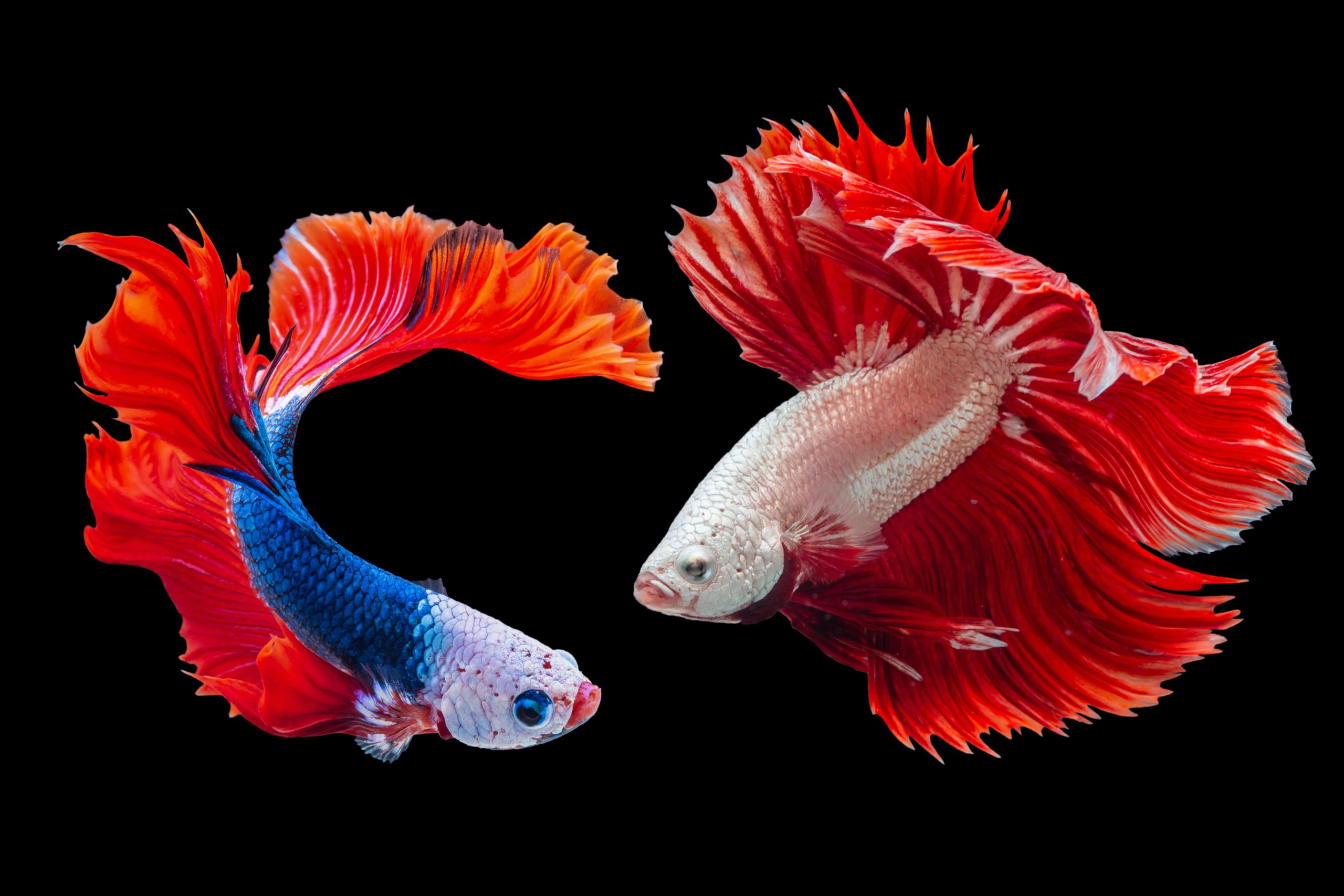Interview on Creativity with Bob Maddams
How would you define creativity?
Essentially, creativity is the craft of combining elements in new ways to create something new.
You use the word ‘craft’. Does that mean it is something we can learn and need to practise?
Absolutely. I’m a great believer that creativity can be taught.
There has been a lot of research into this, especially in the areas of behavioural science, and in fact creativity or creative thinking is a natural part of human intelligence. We all have it – it comes with just being human – only in many people it’s an area that has not been developed. We all have the ability to think more creatively and in fact a lot of education psychologists say that creativity is like literacy, it can be taught like a language.
Why is creativity important in our lives and in our work?
I think it makes life more interesting, more colourful, more exciting. In any field, creativity is always seen as a bonus – something special, something of value, something worth having. If two people apply for a job, and one is more creative than the other, which one do you employ? Most people would go for the more creative person because they will add value.
Do you think the label ‘creative’ is confusing?
I think that is part of the problem. Creativity is generally misunderstood. If you say a person is creative, people assume they are either a musician, artist or dancer. Creativity is often confused with ‘arty’. Engineers are hugely creative people, so are scientists and business people. Creativity has been mis-branded and it needs to be repositioned in our thinking.
Can you talk about the role of creativity in the workplace?
I think the real value of creative thinking in the workplace is about bringing fresh thinking or a new perspective to a business problem or a business opportunity. Creative thinking is of value when it challenges conventional thinking and adds new ways of looking at all sorts of issues, whether they be product launch, a problem with HR, or how to do something better. By having a more creative mindset, you bring more input to the problem and therefore you get a better outcome.
How do you nurture a creative mindset?
One of the first fundamental principles of being a creative person is that you have to be prepared to be wrong.
This can be challenging in workplace culture. You must create an environment that is free thinking and non-judgemental. It’s also useful to label a meeting as a ‘creative session’. It’s very important not to confuse ‘being wrong’ with ‘making mistakes’. I think in a creative context, if people are allowed the freedom to contribute without fear of consequence of their thinking, that engenders fresh approaches and creative thinking.
How has creativity has been a driver in your own career?
Well, I spent 20 years in what was rather high-falutingly called ‘creative departments’. I was a copywriter in an advertising agency and I’ve always worked in a designated creative function. That does not mean that creativity is undisciplined. Creativity only works if it has a specific job to do. For instance, in an advertising context that might be repositioning a car manufacturer after an emissions scandal. Creativity has a key functional role and when it’s done right it can be very, very effective.
What are your thoughts on discipline and inspiration and how they work together?
The idea of creativity happening to people out of the blue is very far-fetched and unrealistic. For inspiration to strike, you have to be there for it to show up. It’s very important to get into a creative habit otherwise things won’t happen.
So given the right environment and support, we can all be creative then?
Absolutely! Creative thinking is a natural part of our human intelligence and it’s just that for many of us we haven’t had the opportunity to develop it. The good news is: anyone can be creative, or they can be a lot more creative than they think they are!
At The Yurt Academy, Bob delivers a Masterclass in the Creative Yurt. Read more about it here:


